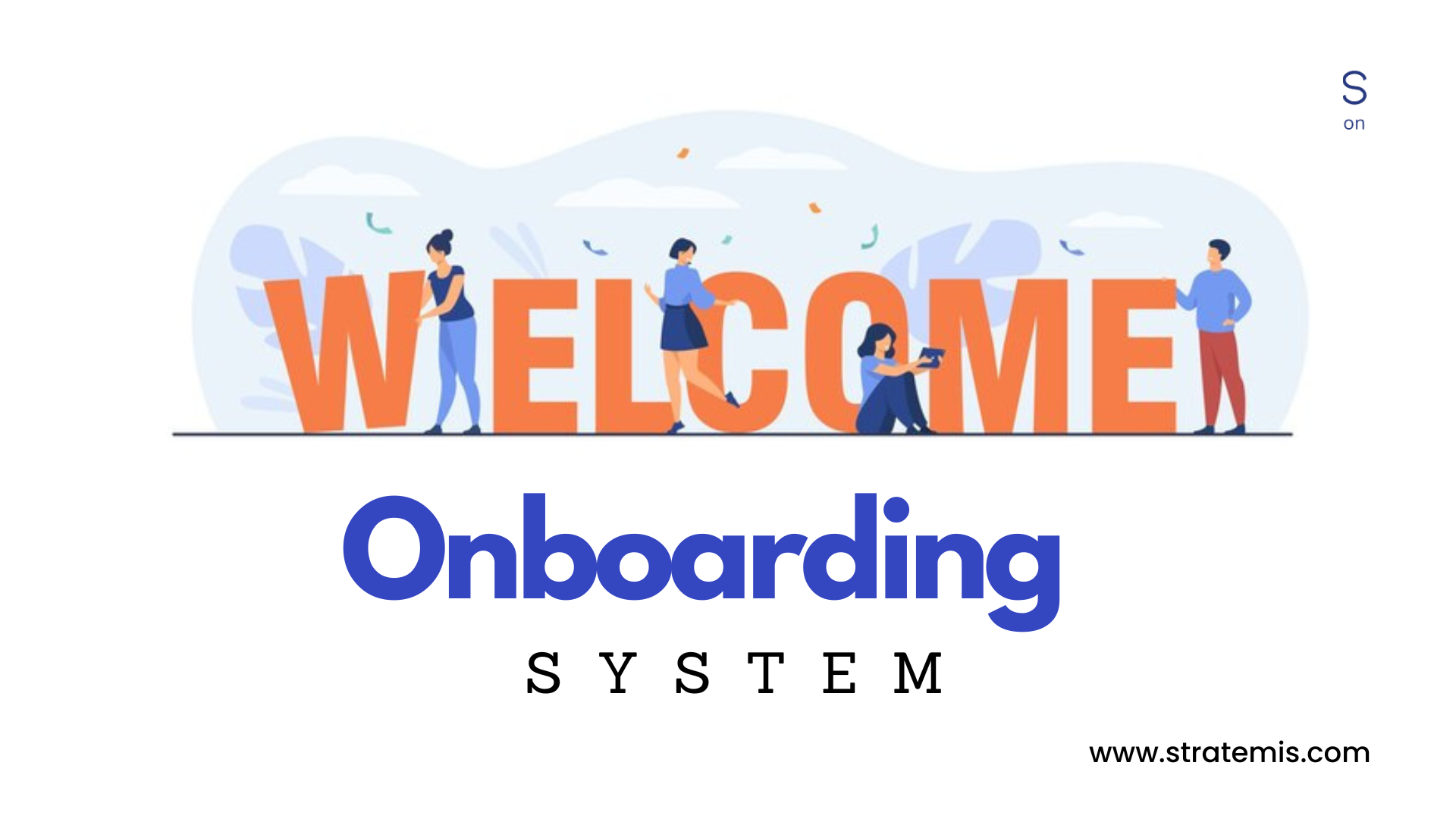What is an Onboarding System?
Welcome back to our HRMS deep dive! In the previous episode, we explored the transformative power of Applicant Tracking Systems (ATS). Now, let’s shift gears and focus on the next crucial step in the recruitment journey: the onboarding process. A well-executed onboarding process isn’t just a formality—it’s the foundation for long-term employee success and satisfaction.

Why Onboarding Matters?
Onboarding is more than just paperwork and orientation. It’s your new hires’ first real experience with your company’s culture, values, and expectations. A positive onboarding experience can lead to:
- Higher Retention Rates: Employees who feel welcomed and well-prepared are more likely to stay with your company long-term.
- Faster Productivity: Effective onboarding equips new hires with the tools and knowledge they need to hit the ground running.
- Stronger Engagement: When employees understand their role and how they fit into the bigger picture, they’re more likely to be engaged and motivated.
- Mitigates Turnover Risks: Poor onboarding experiences can lead to early turnover. By providing a thorough and welcoming onboarding process, you reduce the likelihood of new hires feeling disconnected or overwhelmed, which decreases the risk of them leaving the company.
- Encourages Open Communication: Onboarding encourages open lines of communication between new hires and their managers.
The Seamless Transition from ATS to Onboarding
The relationship between your ATS and the onboarding process is vital. The insights and data collected during the recruitment phase don’t just vanish once a candidate is hired—they seamlessly transition into the onboarding process. Here’s how:
1. Consistency & Continuity: The information gathered by the ATS—such as candidate profiles, interview notes, and assessments—can be directly fed into the onboarding system. This ensures that your new hires experience a smooth transition, with no gaps or redundancies.
2. Personalized Onboarding: The data from the ATS allows HR to tailor the onboarding process to the individual needs and strengths of each new hire. This personalization makes the onboarding experience more relevant and effective, setting new employees up for success from day one.
3. Enhanced Communication: ATS systems can automate the flow of communication from the hiring phase into onboarding, ensuring that new hires feel informed and connected before they even step through the door.

The Building Blocks of a Successful Onboarding Process
So, what makes an onboarding process truly effective? Here are the key components:
1. Pre-boarding Preparation: Start the onboarding process before the first day. Send welcome emails, company materials, and even a schedule for their first week. This sets the tone and helps reduce first-day jitters.
2. Orientation: Introduce new hires to your company culture, values, and mission. This is also a great time to go over company policies, benefits, and other important information.
3. Role-specific Training: Tailor training sessions to the new hire’s specific role. Provide them with the tools, resources, and knowledge they need to excel in their position.
4. Mentorship & Buddy Systems: Assigning a mentor or buddy can help new employees navigate their first few weeks. This support system encourages open communication and helps them acclimate more quickly.
5. Feedback & Check-ins: Regular check-ins during the first 90 days are crucial. These sessions provide an opportunity to address any concerns, offer feedback, and ensure the new hire is settling in well.
6. Integration into the Team: Encourage team-building activities and social interactions. The sooner your new hires feel like they’re part of the team, the more comfortable and productive they’ll be.

The Role of HRMS in Onboarding
An HRMS (Human Resource Management System) can be a game-changer in managing the onboarding process. Here’s how:
- Automated Workflows: Streamline the process by automating tasks like document collection, training schedules, and reminders.
- Centralized Information: Store all onboarding materials in one place, making it easy for new hires to access everything they need.
- Tracking Progress: Keep track of each new hire’s onboarding journey with detailed progress reports and analytics. This allows HR to address any issues before they become bigger problems.
Best Practices for Onboarding with HRMS
1. Customize the Experience: Use your HRMS to tailor the onboarding process for different roles or departments. Customization makes the experience more relevant and engaging for each new hire.
2. Incorporate Feedback Loops: Regularly gather feedback from new hires about their onboarding experience. Use this data to continuously improve the process.
3. Keep It Personal: While automation is great for efficiency, ensure there’s still a personal touch. Personalize welcome messages, and ensure managers are actively involved in the onboarding process.
4. Digital Document Management: Utilize the HRMS for secure and efficient management of onboarding documents. Electronic signatures and document storage streamline the process, making it easier for both HR and new hires.
5. Integration with Learning Management Systems (LMS): If you use an LMS, integrate it with your HRMS to ensure seamless access to training materials and courses. This helps new hires get up to speed quickly and efficiently.
6. Performance Tracking and Analytics: Leverage the HRMS to track and analyze onboarding performance metrics, such as time-to-productivity and employee satisfaction scores. Use these insights to refine and enhance your onboarding strategies.
Ready to elevate your onboarding process?
Final Thoughts: Onboarding as a Strategic Advantage
A strong onboarding process is not just about getting new hires up to speed—it’s about setting the stage for long-term success. By integrating the insights and continuity provided by your ATS with a thoughtful, comprehensive onboarding experience, you’re not only enhancing employee satisfaction and retention but also boosting your company’s overall productivity.
Stay tuned for more insights as we continue our HRMS series, exploring how these systems can transform every aspect of HR management.
- 10th floor, Tower B, Unitech Cyberpark, Sector 39, Gurugram, Haryana 122003
- +91 97115 88840
- info@stratemis.com
SUBSCRIBE NOW
Don’t miss our future updates!
- Privacy Policy
- Data Protection Officer : Pratyush Chatterjee
- +91 9899716164
Copyright © 2022 Stratemis All rights reserved.
